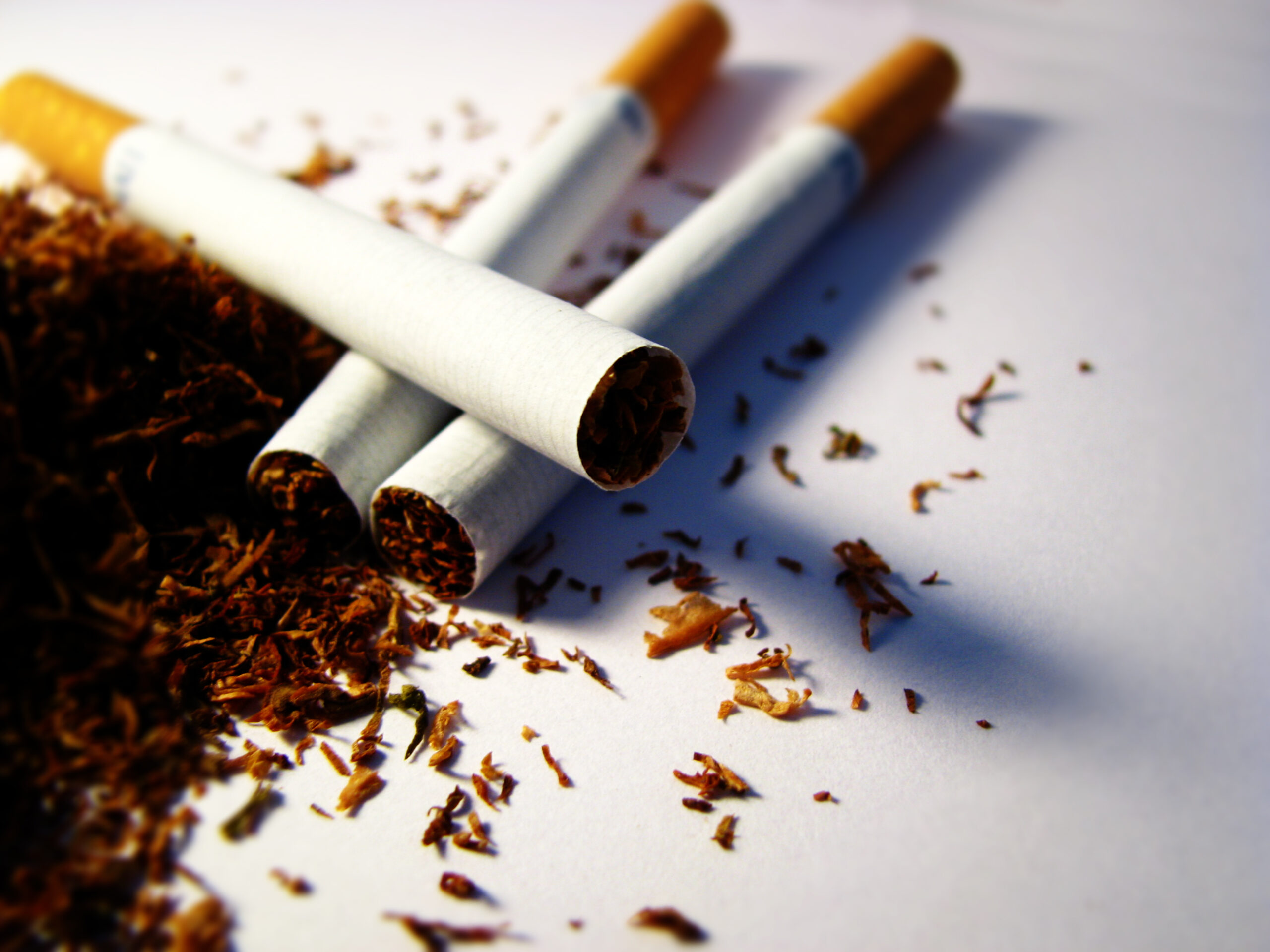CALIFORNIA—The tobacco tax will increase by $2 beginning Saturday, April 1 and the excise tax will be allocated to fund physician training, research for tobacco-related diseases and school programs focused on tobacco-use prevention and reduction in the state of California.
California residents voted in favor of Proposition 56—64 to 36 percent—on November 8, 2016. It will increase cigarette tax by $2 per pack, with equivalent increases on other tobacco products and electronic cigarettes.
Prior to the passage of Proposition 56, California had one of the lowest tobacco excess tax rates in the United States at $0.87 per pack of cigarettes, compared to the average state rate at $1.65 and revenue was directed toward healthcare services for low-income persons, environmental protection, breast cancer screenings and research, and early childhood development programs.
Proposition 56, known as the “Cigarette Tax to Fund Healthcare, Tobacco Use Prevention, Research, and Law Enforcement,” did not redistribute the initial $0.87 excise tax, but instead added $2, bringing the total tobacco tax up to $2.87. Proposition 56 amended the definition of “other tobacco products” in state law to include e-cigarettes.
“Finally, after tobacco companies have preyed on our communities for decades and used their influence to stop tobacco taxes in California, voters have sent an unmistakable message: your products, including e-cigarettes, destroy lives, and we are committed to breaking the cycle,” said Laphonza Butler, president of SEIU California, in a statement.
According to the California General Election Voter Guide, revenue from the $2 tax levied by Proposition 56 was distributed through a four-step process:
- Use new revenue to replace old revenue lost due to lower tobacco consumption resulting from tobacco tax increase.
- Use next 5 percent of revenue to pay the costs of administering the tax.
- Allocate $48 million to enforcing tobacco laws, $40 million to physician training to increase the number of primary care and emergency physicians in the state, $30 million toward preventing and treating dental diseases, and $400,000 to the California State Auditor to audit funds from the new tax.
- Allocate 82 percent of remaining funds toward services related to Medi-Cal; 11 percent of remaining funds toward tobacco-use prevention; 5 percent of remaining funds toward research into cancer, heart and lung diseases; and 2 percent of remaining funds toward school programs focusing on tobacco-use prevention and reduction.
Initiatives to increase the tobacco tax appeared on the November 2016 ballot in Colorado, Missouri and North Dakota, but was defeated in all three states.
Written By Sabrina Bush and Darylese Shook






